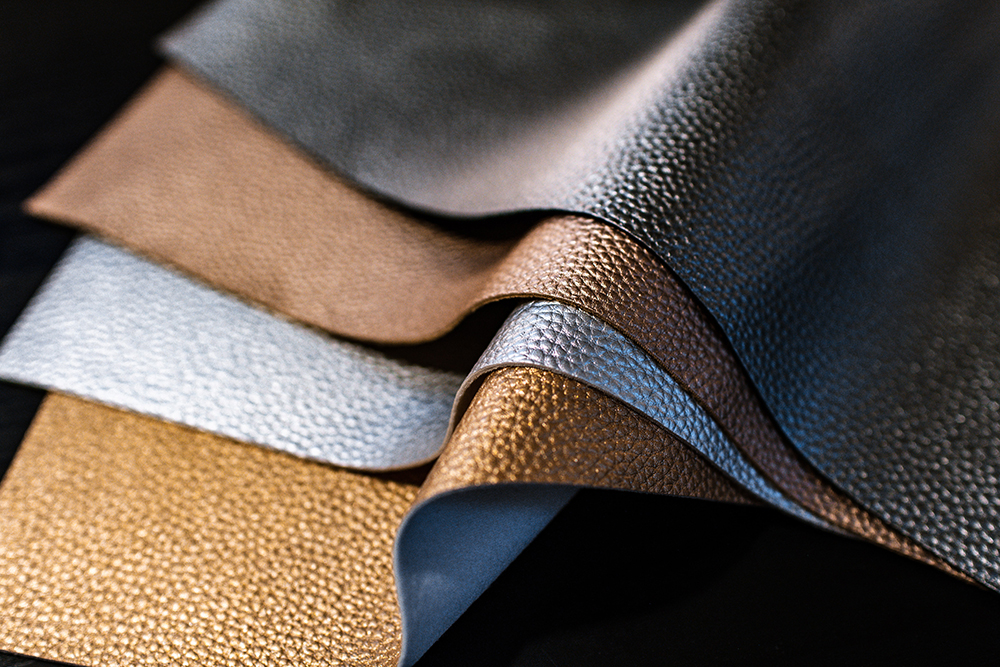Good wine, art, gourmet cuisine, design, sports cars. These are all distinctive Made in Italy elements around the world. But a prominent place amongst the excellences of our country goes to leather goods, universally recognised – and sought after – as synonymous with quality. Leather manufacturing in Italy relies on two fundamental assets: skills, the result of know-how acquired and nurtured over time combined with innovative technologies, and a tradition rooted in time, particularly in certain areas of the country, where production districts with a vocation for excellence have developed.
The combination of these two elements gives rise to a type of trademark that sets a Made in Italy leather bag apart compared to one made anywhere else in the world. A sector that, on the strength of its level of quality and specialisation, has been able to win over the most prestigious foreign brands that have chosen Italy for their production of bags, clutch bags, wallets, belts, and small leather goods. A sector worth 9.5 billion euros in exports (2021), with the famous international luxury brands taking the lion’s share, and with bags remaining the most exported product (almost 2/3 in value of sales).
Italian leather goods production districts: these are the primary ones
Tuscany, Veneto, Marche, Campania, and Lombardy. When it comes to leather bags and accessories, these are the regions where the primary Italian leather goods production districts are located. More than half of the country’s leather goods companies are in Tuscany, home to the Santa Croce sull’Arno (PI) tanning hub. The heart of Tuscan production is the luxury district of Scandicci, a veritable institution at an international level, where global giants such as Gucci, Prada, Burberry, and Chanel have their hubs alongside many small and medium-sized companies, the custodians of artisan know-how.
Attracted by Italian quality, the presence of the famous brands continues in Valdarno, home to the Louis Vuitton and Valentino production plants and, in a matter of months, Fendi. The Veneto district, with its epicentre in Arzignano, is also one of the most important Italian industrial systems in the world. Here, leather processing is a time-honoured activity, rooted in the territory. The evolution of recent years has led to the creation of an integrated supply chain dedicated to research and internationalisation. Campania, with its Solofra tanning district, and Lombardy also stand out for the production of leather bags and accessories. Finally, the Val Vibrata area, between Marche and Abruzzo, has recently risen in the ranks.
Leather districts: the organisational fabric
The organisational fabric of Italian leather goods is varied. There are big brands and small artisan companies, companies that exclusively produce for third parties, and those that produce their own brand products, as well as companies that keep both channels open. This choice is often motivated by the need to compensate for the significant costs of designing and marketing their own products by manufacturing for third parties.
The companies that produce on behalf of major brands are almost always single-sourced and specialise in one process or in specific processing phases: cutting, sewing linings, gluing, and so on. They have often developed advanced technical skills and specialisations that enable them to take part in the development of the product by providing the client with valid technical support, even if they almost always take over after the design phase. On the other hand, there are the brands that keep the design, research, and marketing operations in-house, making use of a network of suppliers and sub-suppliers to whom they delegate a large part of the production process.

